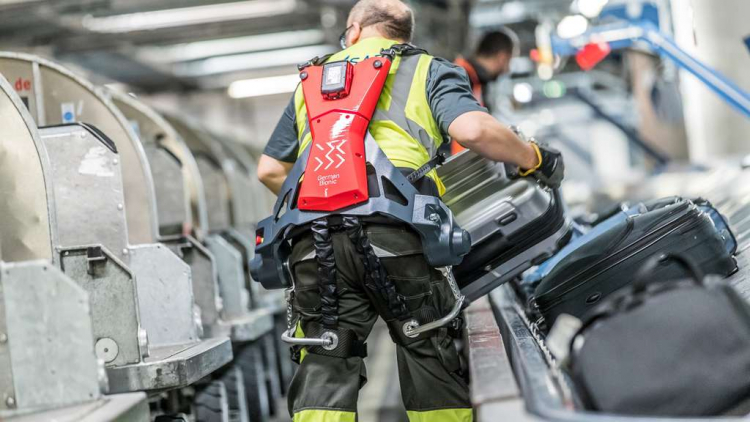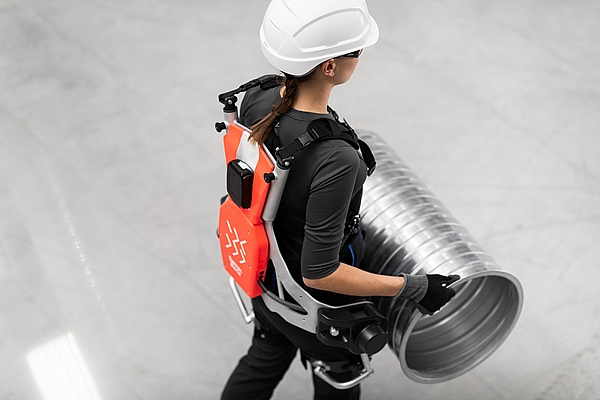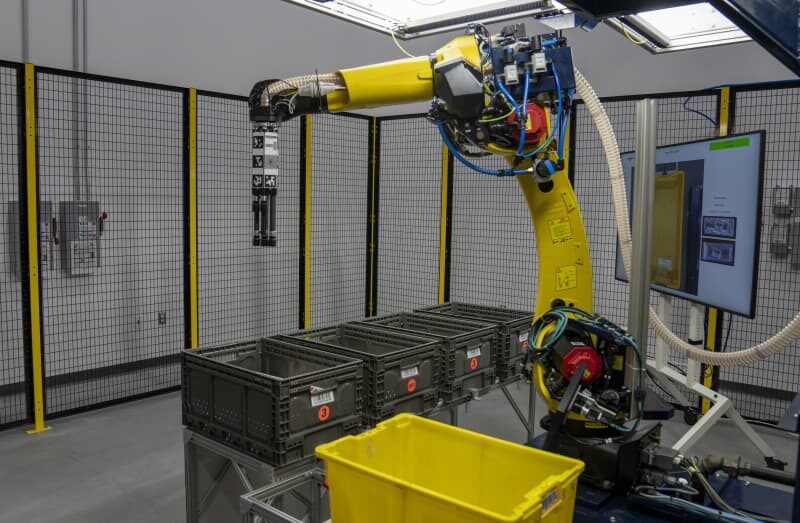Exoskeletons are increasingly being used for more than just military and medical purposes. They are now being used in construction and logistics to help with the movement of heavy loads in areas where the use of heavy equipment is not recommended. A variety of manufacturers produce these devices, but the cost of them is still uncertain. Testing is being done to assess how these devices can reduce the strain on limbs and spine, as well as their effect on overall physical health. In the future, they may compete with industrial robots. Exoskeletons can be used in logistics for warehousing, loading and unloading, lifting and lowering, and picking and dismantling. They come in two varieties: passive, which are supported by mechanical means, cable systems, or springs, and active, which offer additional external support in the form of motors or pneumatic systems. Both types of exoskeletons act as a kind of “armor”, providing strength to all or some of the muscles and joints (such as the arm).

The use of exoskeletons in industry and warehouses has been gaining in popularity in recent years, as they allow workers to lift heavy objects with ease. Different companies have opted for different approaches, with some using passive exoskeletons and others implementing them into their workforces in order to increase worker productivity.
There is increasing interest in the automotive sector among companies such as BMW and Ford, with companies looking to introduce exoskeletons to help reduce the amount of strain on their employees. These devices come from EksoVest, and while they don’t have a power source of their own, they are driven by the muscles of the user. It is estimated that the average Ford factory worker raises their arms an average of 4,600 times a day, so the exoskeleton could take on a significant amount of this effort.
The Audi Research Group has begun researching exoskeletons in order to help reduce back pain. This robotic device, developed by Hyundai engineers, is an advanced version of the H-LEX device, which is designed to lift very heavy loads. The supplier claims that with this machine, the user can lift objects weighing up to several hundred kilograms.

LG’s CLOi SuitBot is a device that helps people lift and carry heavy objects as well as unload their spine. The device uses artificial intelligence technologies to monitor the body and adjust the device to the user’s current working conditions. If the exoskeleton detects inconsistencies, it will immediately turn off and quickly inform the owner.
German Bionic exoskeletons have been tested at several DB Schenker warehouses, helping warehouse workers to carry parcels weighing up to 15 kg with the help of electromechanics.
The most advanced exoskeleton on the market is being developed by Sarcos Robotics engineers and it is powered only by miniature batteries that can be replaced with charged ones at any time. This makes replacement easy in the field, and the power of the device is also important. The developers of the exoskeleton ensure that the operator can exert up to 2 kg of force to lift a 45 kg load.

